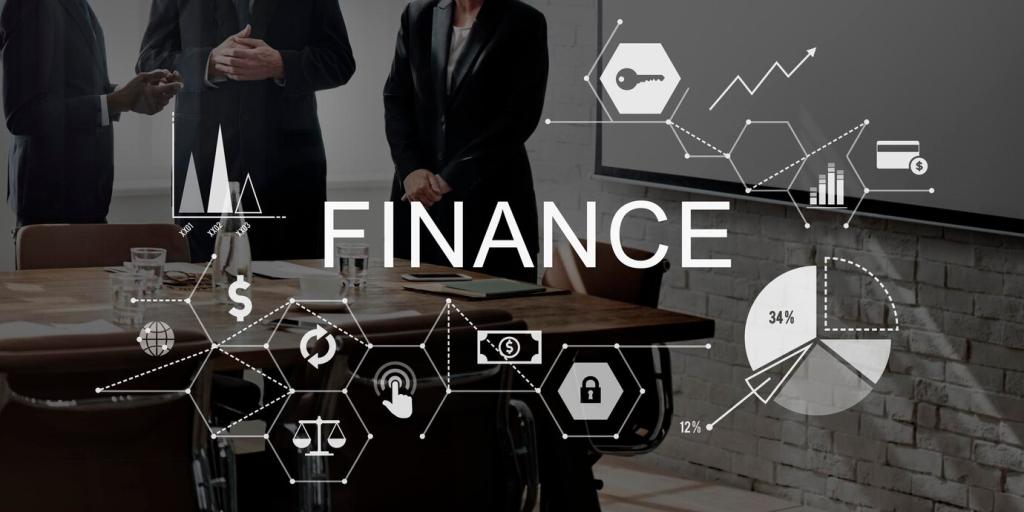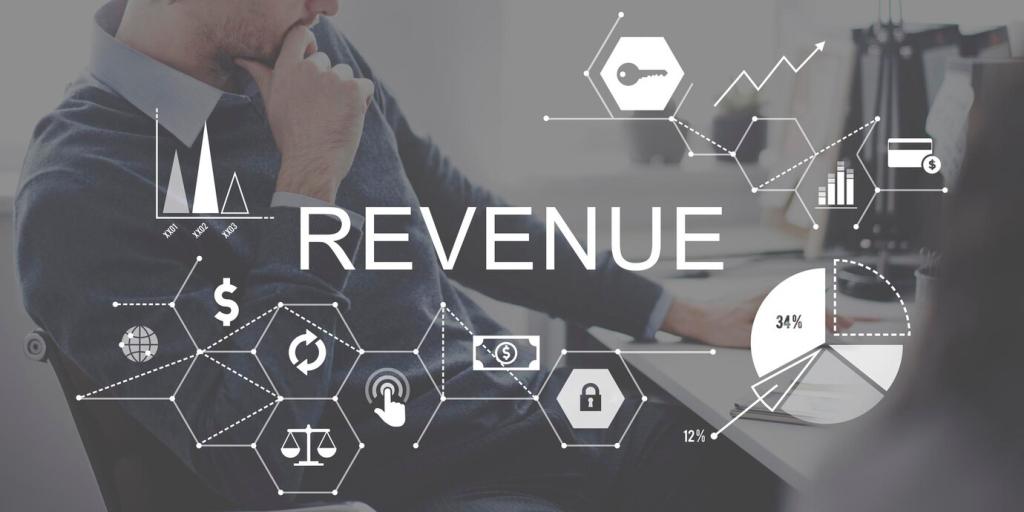Emerging Technologies in Corporate Finance: From Hype to Hands-On Advantage
Chosen theme: Emerging Technologies in Corporate Finance. Welcome to a practical, story-rich journey through tools reshaping treasury, FP&A, controllership, and investor communications—so you can modernize confidently, engage your team, and lead the next wave of finance transformation.

AI-Powered Forecasting and Scenario Planning
From spreadsheets to signals
Modern forecasting models ingest seasonality, price elasticities, sales pipeline hygiene, web traffic, macro updates, and even supplier lead-time volatility. Instead of a single point estimate, you get probability bands you can defend in the boardroom, and a clear narrative about which drivers truly move outcomes.
Anecdote: The 3 a.m. dashboard alert
A mid-market CFO woke to an anomaly alert predicting a sudden collections slowdown tied to a distributor’s credit policy change. By pausing discretionary spend and accelerating early-payment discounts, the team preserved sufficient headroom and avoided a jittery covenant call that could have derailed a strategic acquisition.
Join the conversation
Which signals most improved your accuracy—sales conversions, channel inventory, or external indices? Share your experience, subscribe for model governance checklists, and tell us which forecasting blind spots you want debiased in our next deep dive.



Bank APIs provide intraday visibility, standardized formats, and secure token-based access. Pair them with rules that auto-categorize inflows and outflows, and your cash position starts behaving like a live metric rather than a stale end-of-day report waiting for someone to reconcile the last wire.
APIs and Real-Time Payments in the CFO Tech Stack
A consumer brand rolled out real-time payment integrations for refunds and vendor payouts. Instead of surprise lag, finance saw immediate settlement and clearer working capital. The quarter-end war room turned into a brief stand-up, and the controller finally left the office before sunset on day one of close.
APIs and Real-Time Payments in the CFO Tech Stack







Finance teams use GenAI to create board-ready narratives, footnote explanations, and policy summaries that align with house style. With document grounding, the model references your approved language, reducing rework and keeping sensitive interpretations consistent across recurring disclosures and playbooks.

An analyst used an AI assistant to scan legacy agreements for volume-based rebates. One overlooked clause enabled a timely claim that offset unexpected logistics costs. The win wasn’t magic; it was disciplined retrieval, review checklists, and a crisp audit trail to back the decision.

What GenAI use case feels most promising for your team—policy consolidation, variance narratives, or redlining support? Comment below, subscribe, and vote for a deep dive on evaluation metrics that balance speed, accuracy, and compliance.
Risk, Cybersecurity, and the Ethics of Automated Finance
Map each new finance technology to owners, logs, and escalation paths. Establish model inventories, bias tests, and rollback plans. Treat access like cash: least privilege, clear approvals, and evidence. When audits arrive, your narrative should be simple, documented, and repeatable across periods.


Risk, Cybersecurity, and the Ethics of Automated Finance
A bot issued duplicate vendor payments after a format change slipped through without testing. The recovery was tedious but instructive. Afterward, the team added canary checks, dual approvals on rule edits, and sandbox validations that made future rollouts both safer and faster.
